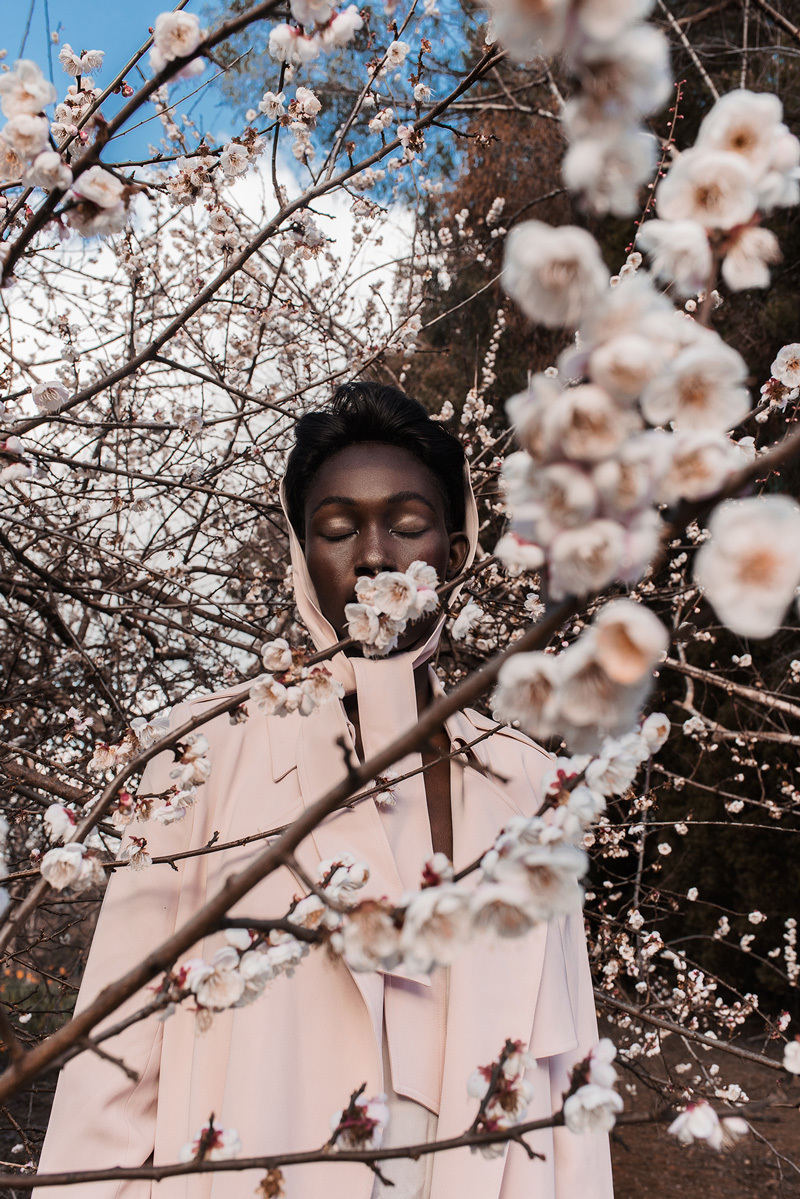For all her precision haircuts and perfect looks, there’s little doubt that Margaret Zhang‘s success is the product of her intense, and at times unsettling, intellect. She is the response to every barb about the value and place of fashion bloggers. Since establishing her site Shine By Three in 2009 (she was 16) she has transformed it from a popular style blog to an international brand. In those seven years Margaret’s also undergone an impressive transformation from high schooler, to law student, then on to stylist, photographer, consultant and creative director.
This year she decided to take on another challenge, in the form of her first photo book. In the Youth of OurFury is a collection of visual essays that see her explore the tropes and totems of Gen-Y — topics that already populate much of her fashion work. The book was a chance from her to drift from the glossy projects that made her name, to explore the more personal questions she carries as a young woman.
You always have a lot going on, why did you decide now was the right time to do a book?
It’s been an interesting career for me, in terms of shooting for myself and for other people. You get to a point where you’re shooting a lot commercially and for clients — of course you only work on things you care about — but even then you have a brief. You do end up having a portfolio that doesn’t necessarily reflect what you want to shoot. I think it was good timing in my career in terms of taking a second to shoot things I felt strongly about and giving that to my readers in a solid, tactile form they could experience in isolation without being distracted by everything else online.
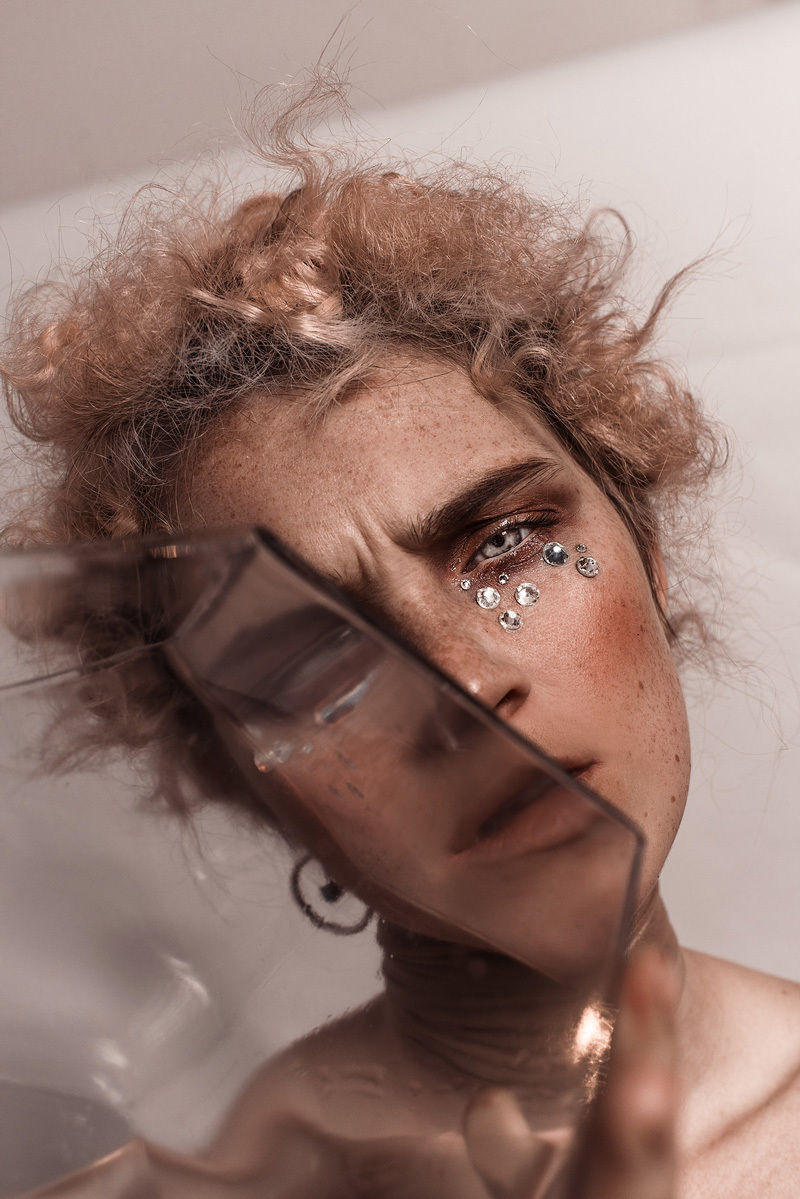
Your work and reputation are so tied to this idea of the “internet generation,” I can see the appeal of exploring the physical.
Yeah, and I think there is still value in print in that regard; there’s something beautiful about observing imagery in that environment. There’s so much thrown at you in an online environment it can get really overwhelming and overstimulating. It’s hard to isolate the message.
Speaking of the message, I’ve notice you repeatedly refer to this as a visual essay. What do you see as being your central subject here? It’s clearly more than just a bunch of shots you liked.
It’s all kind of focused on issues I feel young people have: whether that be depression, body image, their position in society right now, the inextricability of luxury or questions of sustainability. It’s chapter-by-chapter, with different issues people maybe don’t realise have seeped into their consciousness.
Body image is an easy example: you, as an educated individual who’s very strong in character and sure of yourself, might not think you’re impacted by the media’s idea of the body or the what the female form should look like. But inherently, just as you’re consuming social media and following particular people, your preferences for what is “perfect” changes inadvertently. It was less about showcasing a portfolio of work and more about shooting things specifically that provoke thought.
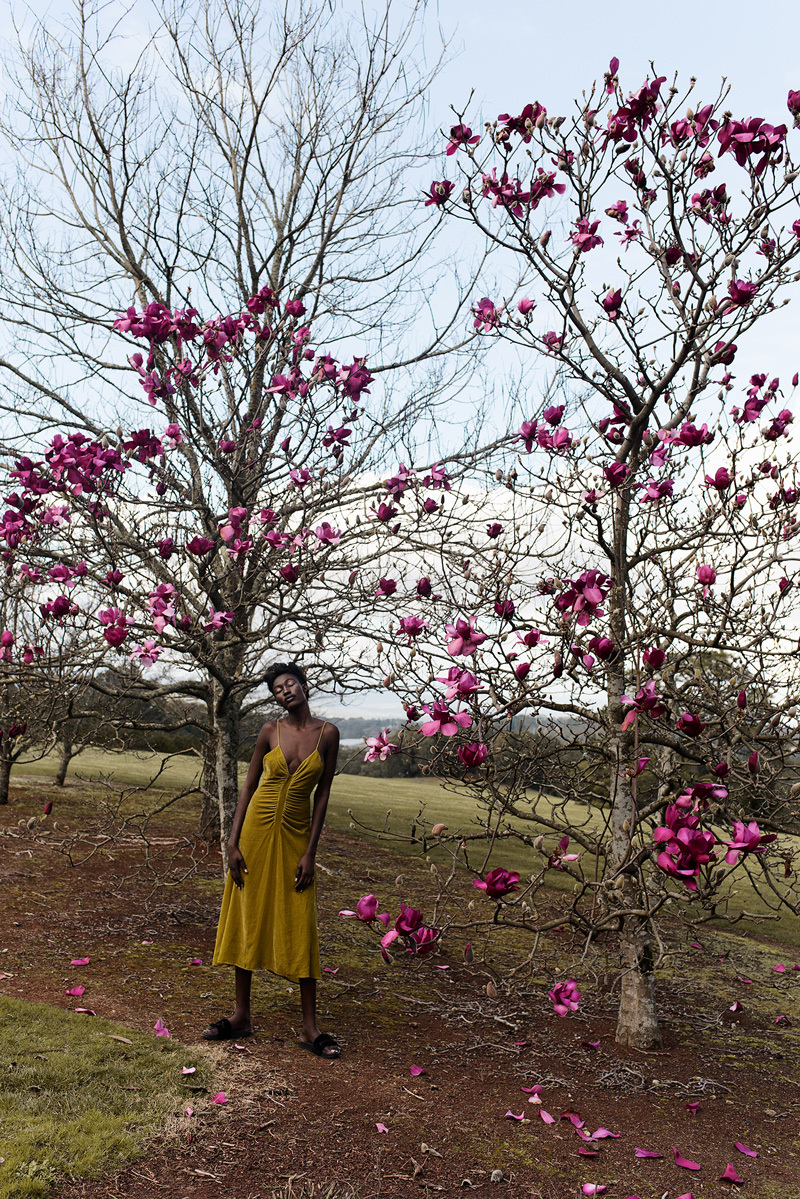
Millennials, the cult of youth and growing up are all subjects that are endlessly discussed and digested. But being so young, and finding considerable success so early, do you feel the book carries a unique perspective?
I do, not only in the context of the book but in general because I work with all these corporations who are selling, selling, selling to you. Young people are often disillusioned by the world when they see the bureaucracy of the political system and how it’s very broken. To be able to work across different age groups and generations, you see both sides of it and you see how paralysed everything is.
Something I like about your work is that while you’re a very global product, it retains this Australian core — a freshness. That’s present here, were you purposely trying to imbue it with that Australian energy?
Yeah, I mean, I shot the entire book in Australia. I came back for a month and a half to get all the images done, and we shot everything mostly in Victoria and sometimes in Sydney. Australian creatives have a very specific aesthetic, or rather draw upon very specific inspirations, so we have a lot of great photographs because of the beautiful light, landscapes and colouring we have. We also used all Australian designers.
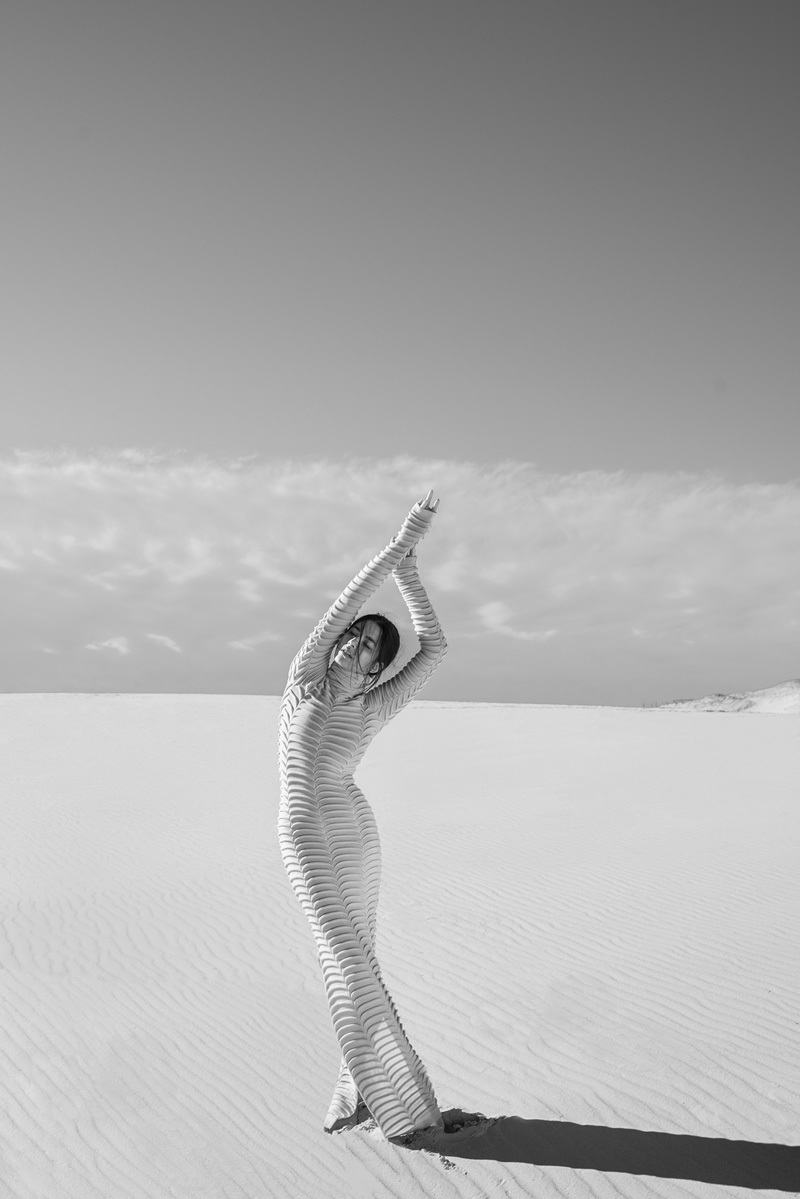
You’ve spent much of this year moving to New York. Was doing this book, meditating on Australia, cathartic? It does feel like a bit of a goodbye letter.
I suppose so. It was definitely comforting because when I was shooting the book I very much had one foot here and one foot there. It was therapeutic to come back and feel very familiar with the way the light is — it sounds really stupid but the way you shoot in different parts of the world is different. I wanted it to feel like a product at home, especially as a lot of my readers are overseas, after following my work for so many years I was giving them a taste of Australia, what it looks like and how I relate to it.
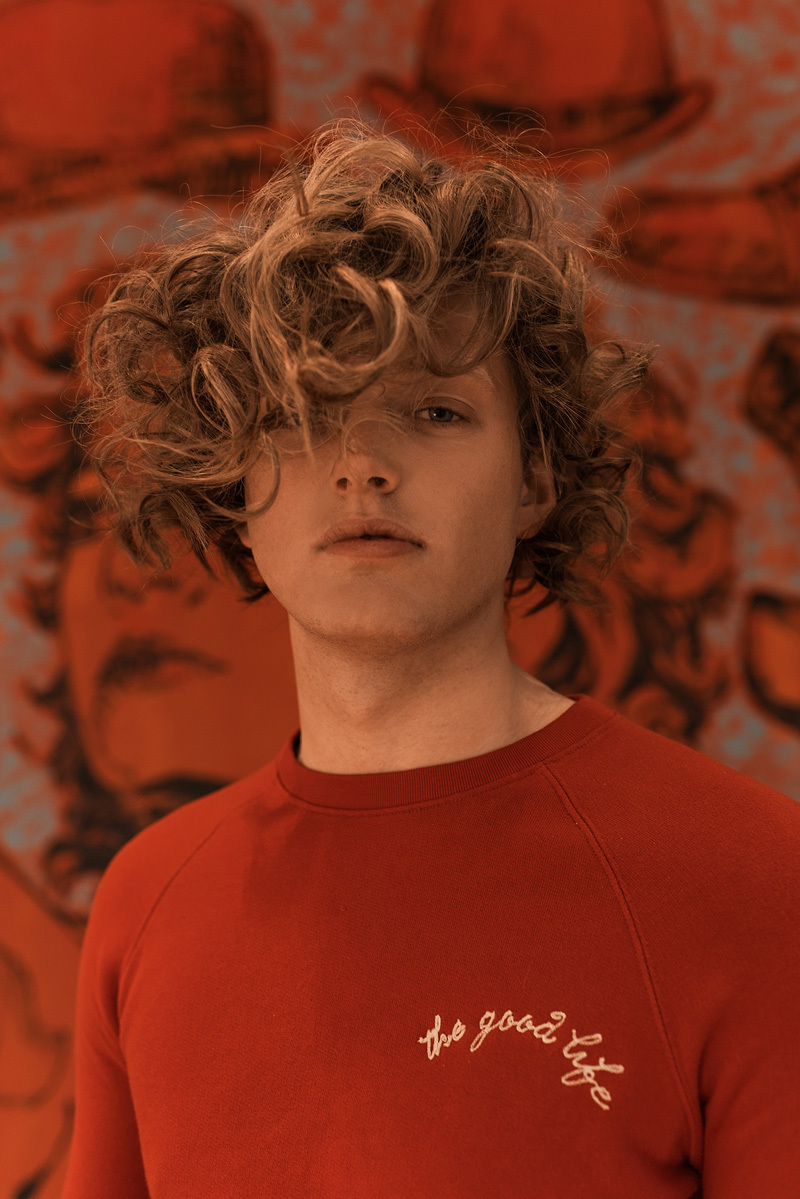
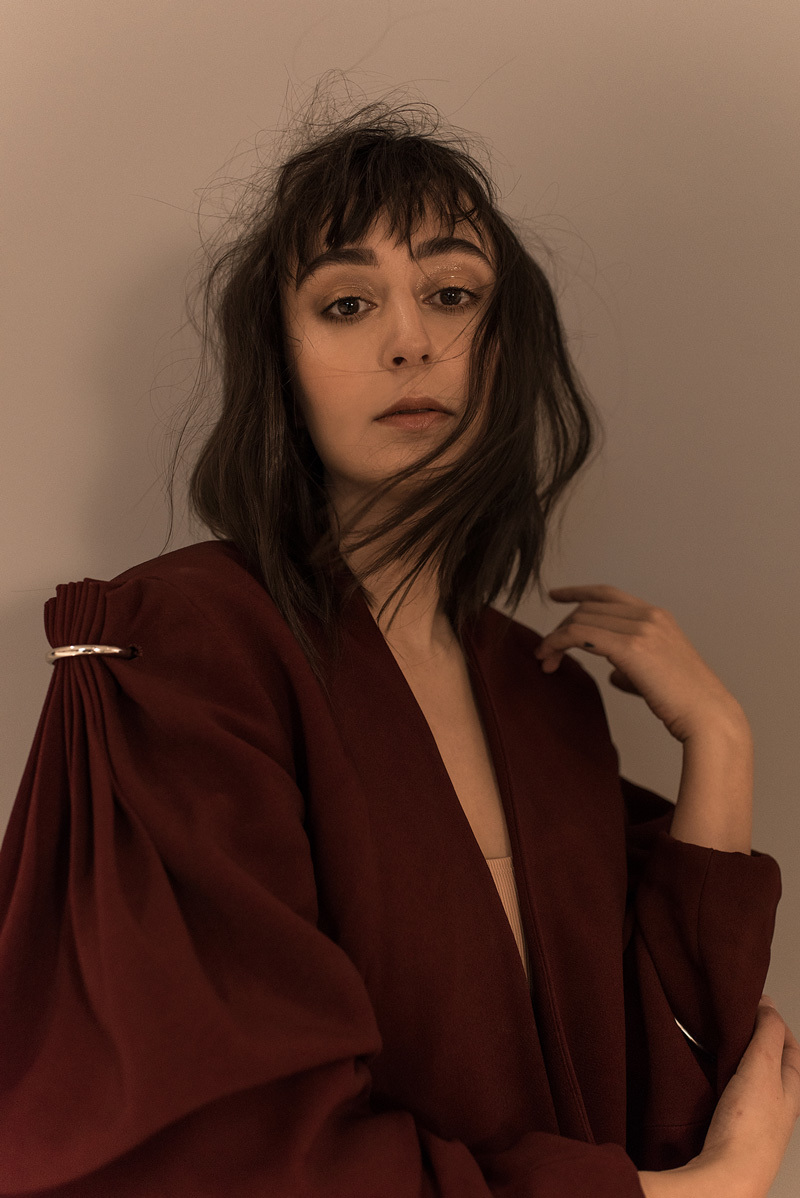

Credits
Text Wendy Syfret
Photography Margaret Zhang
